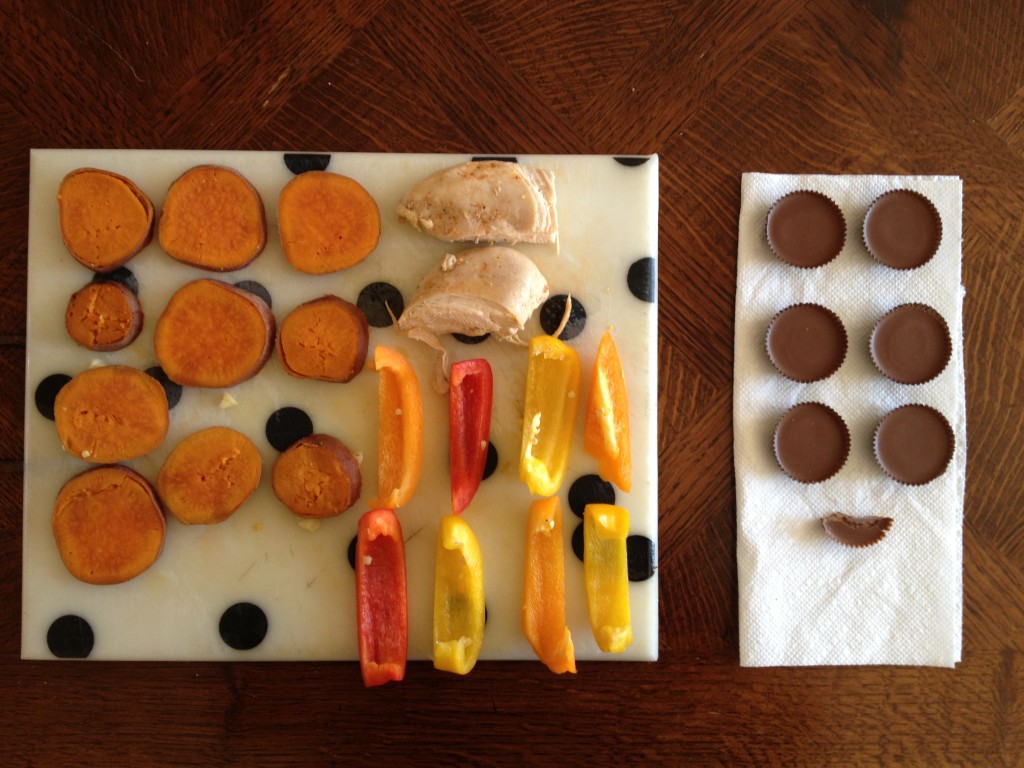 |
| Fewer calories = healthier? |
Just before writing this post I had some ice cream, and I noticed that on the carton was a little label claiming that Edy's french vanilla ice cream has 1/3 the calories of other ice cream. Presumably, Edy's chose to advertise that fact so more people would pick their ice cream. After all, it has less calories, so it must be healthier, right?
Lately, it seems that more and more people see calories as the enemy to weight loss and believe they must be avoided as much as possible. Various studies have shown that when given the choice people tend to choose lower calorie meals in favor of higher calorie ones, regardless of what's in the food. In the simplest terms, a calorie is simply a measurement of heat, or energy. As most high school students who have taken a health, chemistry, or biology class know, a calorie is the amount of energy needed to raise the temperature of one gram of water one degree celsius. A kilocalorie, or Calorie with a capital "C," is the energy needed to raise one kilogram of water one degree, and this is actually the unit we see on nutrition labels. That being said, calories are essential for proper body functions because they power everything from the beating of our heart to the firing of neurons across our nervous system.
So if calories are really a neutral term and integral to bodily functions, how come they have such a negative connotation in our culture? Eating fewer of them is associated with losing weight and being skinny and attractive (body image is a whole other discussion), while eating lots of calories is associated with being heavier and unhealthy. People who are trying to lose weight are advised to "balance their calorie intake", making sure that the calories they take in are less than the amount of calories they would use in a day. This system would put them at a calorie "deficit", forcing their bodies to turn to stored energy, or fat (which also has a horrible reputation) in order to start depleting those stores.
 |
| Both meals have the same calorie amount, but the one on the left is nutrient dense. |
I'm not a nutritionist, but after plenty of research I think it's safe to say that the calorie counting approach, as well as how our culture views calories as a whole, is quite misled. In fact, counting calories can lead to other health risks, such as orthorexia nervosa. Though not recognized as a clinical disorder by the DSM-5, it is characterized by an obsessive fixation on healthy eating that can be fueled by meticulous calorie counting. And if a dieter considers only the amount of calories in a food, then it would seem that 500 calories of cookies is the same as 500 calories of carrots, and we know that's not true.
At the end of the day, it doesn't really matter how many fewer calories my ice cream has compared to other brands. Ice cream will be ice cream, and will probably never count as a healthy choice. Of course, that might not stop people (such as myself) from enjoying it, but at least when we do want to make a healthy choice, we should understand the need to be looking beyond just calories.



